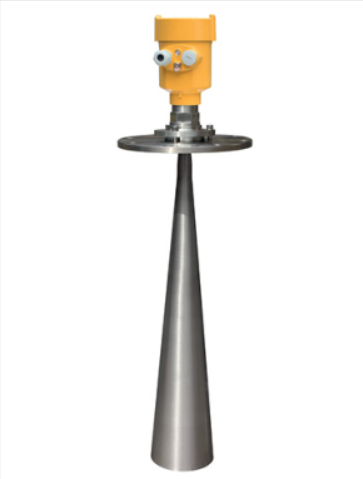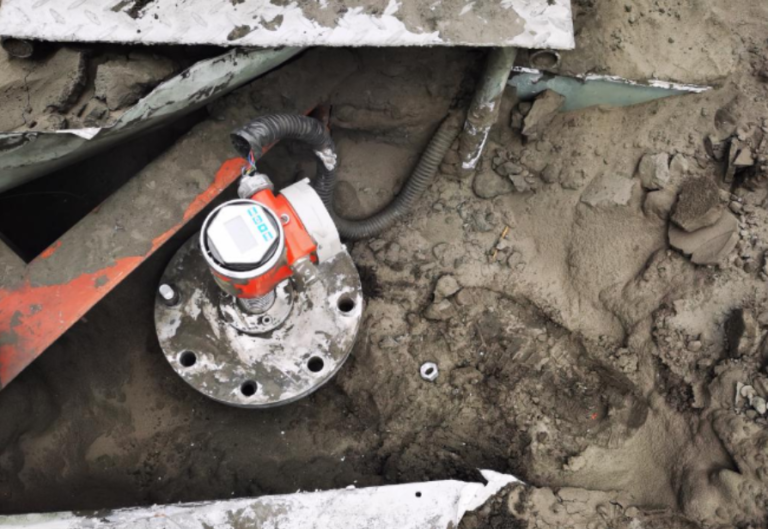What measuring instruments have been used in the cement industry for media measurement? Why is the radar level meter slowly approaching the industry and replacing other measurement methods?
According to a survey, the first major measurement methods used in the cement industry were contacted measurement methods, such as heavy hammer, capacitive, etc., but these measurement methods can be used in the process.
However, all these measuring methods can cause problems in the process of use, such as the broken whack phenomenon of the heavy hammer measuring instrument, the hanging material phenomenon of the capacitive measuring instrument, and the plugging phenomenon of the tuning fork type, etc. In addition to this, the daily maintenance workload of contact measuring instruments is also high.

So, when non-contact measuring instruments became available, the cement industry started to use non-contact measuring methods for measurement. For example, the very first ultrasonic level meters. Although this way of measuring the level got rid of the problems that existed with the contact measurement method, a new problem also emerged, that is, the dust in the cement plant had a certain influence on the propagation signal of the ultrasonic waves, especially on the level of the powder silo.
As a result, radar level meter technology matured and was first quoted by the cement industry. The radar level meter uses a very high emission frequency, making the measurement almost unaffected by atmospheric water vapor, slight foam as well as temperature and pressure, and more importantly, the radar level meter is very good at solving problems when measuring. The followings are the problems and solutions that arise in the cement industry with the Huibo Xinrui radar level meter.

Service location: Indonesia
Detailed site conditions (temperature, pressure, medium): room temperature, with point negative pressure, fly ash
Site use instrument: RD903 model 26G radar level meter
Site use situation: radar feed fluctuation is relatively large
Judgment and analysis: radar wave shines to the material level slope
Solution: adjust the universal joint, and turn the radar direction, so that it hits the material level plane
The most common problem with radar level meters in the cement industry is that the radar waves shine onto the sloping surface of the material level. In order to prevent and reduce this problem, we must choose a suitable installation position according to the shape of the tank and the position of the inlet when installing the radar level meter.
